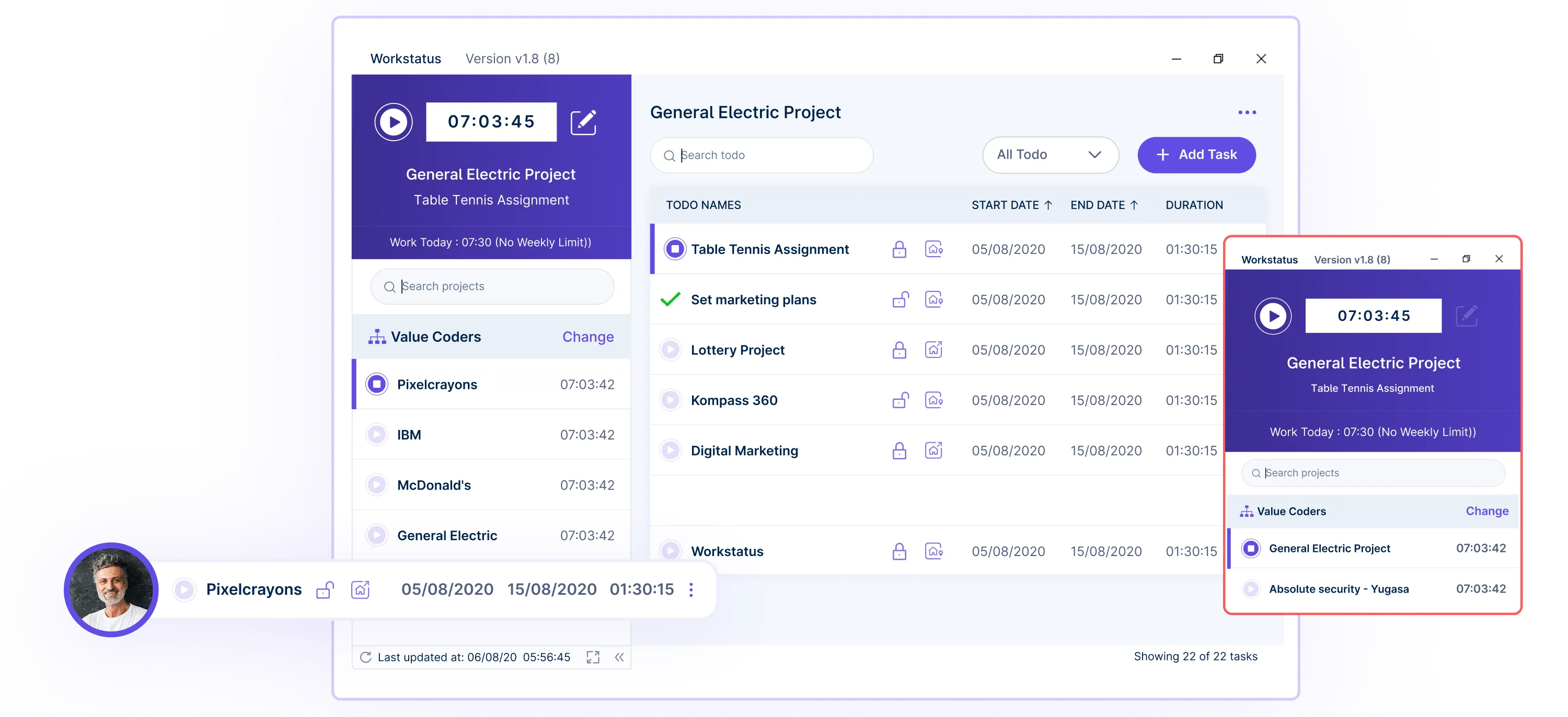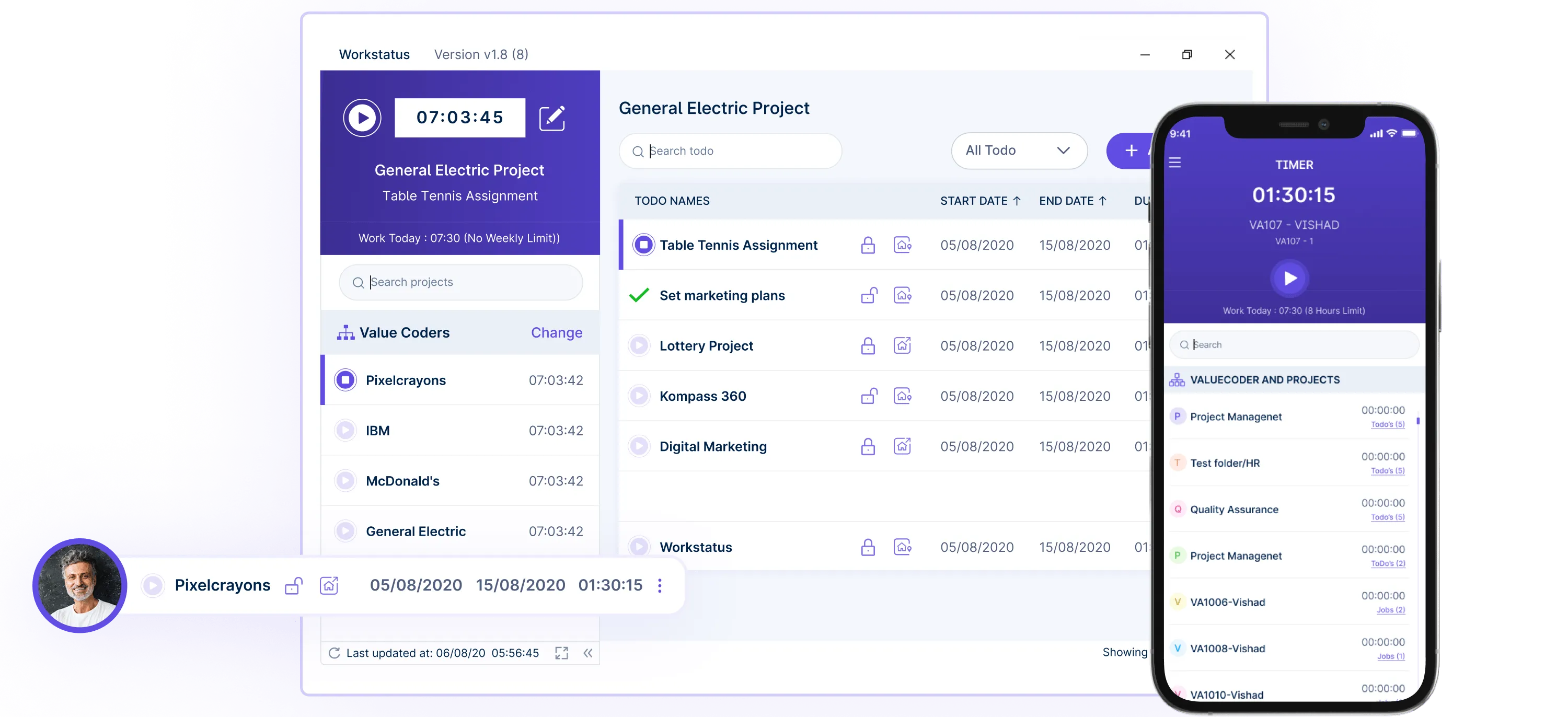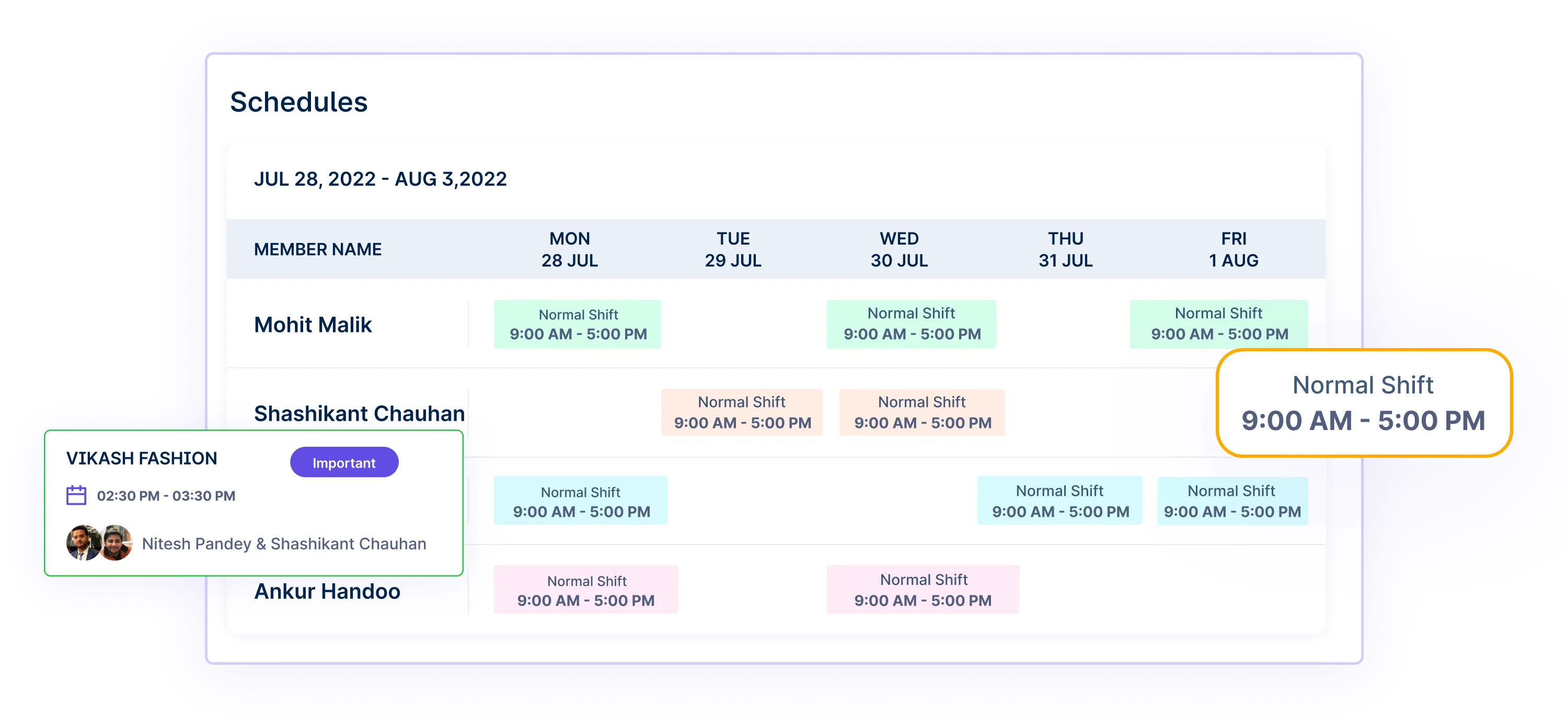Table of Contents
Introduction
We all know that remote work has become more than just a trend; it’s necessary.
Mastering remote work is crucial, especially in software development, where innovation and agility are paramount.
According to a recent study by FlexJobs, 74% of tech professionals believe that remote work is permanent, and companies that embrace it are likely to attract top talent.
In this blog post, we’ll see the essential aspects of weekly planning that can help software development teams excel in a remote work environment.
Let’s dive in:
The Unique Challenges of Remote Software Development
In this section, we will discuss some unique set of challenges that remote software development teams and solutions to overcome them:
Communication Hurdles
- Lack of face-to-face interaction can lead to misinterpretation of messages
- Time zone differences can hinder real-time communication
Solutions: Regular video meetings, clear documentation, and asynchronous communication tools help bridge the gap.
Collaboration Complexities
- Collaborating on code and projects can be challenging when team members are dispersed
- Maintaining version control and ensuring everyone works on the latest code can be cumbersome
Solutions: Use version control systems like Git, establish coding standards, and implement code review processes.
Isolation and Motivation
- Developers may feel isolated and disconnected from the team
- Motivation and productivity can suffer without the structure of a physical office
Solutions: Create virtual social spaces, set clear work hours, and establish regular check-ins to boost morale.
Managing Workload and Burnout
- Remote developers may struggle to disconnect from work, leading to burnout
- Overworking can become a common issue
Solutions: Encourage work-life balance, set clear boundaries, and promote time-off policies.
Technical Challenges
- Accessing physical hardware, debugging on-site issues, and running tests remotely can be problematic
- Technical troubleshooting may take longer
Solutions: Invest in remote access tools, simulate on-site environments, and provide adequate hardware resources.
Top 5 Weekly Planning Essentials for Remote Software Development Teams
Here are the top five weekly planning essentials for remote software development teams:
1. Defining Clear Weekly Objectives
Clear weekly objectives are like roadmaps for your team.
They outline the important tasks and goals for the week.
It helps everyone understand what needs to be done, making it easier to stay focused and work together efficiently.
Workstatus simplifies defining clear weekly objectives by providing a centralized platform where teams can set, track, and communicate their goals.
Through task and project management features, teams can do the following:
- Break down larger objectives into actionable tasks
- Assign tasks
- Set deadlines
- It ensures everyone is aligned on what needs to be accomplished during the week, promoting clarity and efficient teamwork.

2. Task Prioritization
Prioritization is about deciding what tasks are most important.
It’s like putting the most important tasks at the top of your to-do list.
When you prioritize, you ensure that the most crucial work gets done first, keeping your team on track.
With Workstatus, task prioritization becomes straightforward. The platform allows team members to categorize tasks based on urgency and importance.
The platform allows team members to categorize tasks based on urgency and importance.
Managers can assign priority levels, and the system can automatically sort tasks accordingly.
It ensures that the most critical tasks are visible and addressed first, helping teams stay focused and on top of their priorities.
John, an IT manager, witnessed a remarkable 30% boost in software development productivity after implementing Workstatus, enabling his remote teams to collaborate seamlessly.
3. Work Hours Monitoring
Monitoring work hours means keeping an eye on how much time your team spends working.
This is important because it helps prevent burnout and ensures everyone has a healthy work-life balance.
It also makes sure that tasks are distributed evenly. Workstatus offers robust work-hour tracking capabilities along with the following:
- Idle time tracker
- App & Website monitoring
- Leave management
![]()
Workstatus lets employees log their work hours accurately, providing insights into their daily and weekly work patterns.
Managers can monitor these hours to prevent overworking and ensure a healthy work-life balance for their developers.
Additionally, it helps in task distribution, making sure workloads are balanced across the team.
4. Setting up Team Schedules
Team schedules are like timetables that show when team members are available to work.
They help coordinate meetings, collaboration, and work hours.
Having clear schedules reduces confusion and ensures everyone is on the same page.
Workstatus automates employee scheduling for distributed software development teams.
With Workstatus, you can create and share team schedules indicating when each developer is available for work. This visual representation of availability helps streamline the planning of meetings, collaboration sessions, and work hours effectively.
This visual representation of availability helps streamline the planning of meetings, collaboration sessions, and work hours effectively.
Development teams can also update their schedules as needed, ensuring everyone stays informed about each other’s availability.
Clear and up-to-date schedules reduce confusion and enhance team coordination, even in remote work settings.
5. Smooth Communication and Collaboration
Collaboration and Communication are the glue that holds remote teams together.
Using good communication tools and techniques is like having clear channels to talk and work together.
It ensures information flows smoothly, helping your team be more productive and connected.
These planning essentials are like the building blocks that help remote software development teams work effectively and achieve their goals.
With Workstatus, you can ensure smooth communication among your remote development teams with the help of the following:
- Broadcast notifications with your team members no matter where they are. Share ideas and updates in real-time
- Set a timezone for easy work scheduling to avoid confusion due to time-zone differences
- Access Workstatus on the go with mobile apps to collaborate from anywhere, anytime
Weekly Planning Rituals: Structuring Productive Planning Sessions
By structuring productive planning sessions, teams can align their goals, prioritize tasks, and set the stage for a successful week ahead.
Here’s a guide to implementing essential weekly planning rituals:
a. Designate a Consistent Time Slot
Choose a specific day and time each week for your planning session.
Consistency is key to developing a habit, and having a dedicated slot ensures that everyone on the team can participate.
b. Review the Previous Week
Begin your planning session by reflecting on the past week.
Discuss what went well, what didn’t, and any tasks that weren’t completed.
This retrospective helps identify areas for improvement.
c. Allocate Work Hours
Plan how many hours each team member will dedicate to specific tasks or projects during the week.
Be mindful of work hours and encourage a healthy work-life balance.
d. Tech Stack and Tools
Confirm that all team members have access to the necessary tech stack, software, and tools required for their tasks.
Address any technical issues proactively to prevent delays.
As a project manager, Sarah relied on Workstatus to ensure robust data security while managing remote developers. She successfully maintained compliance with industry standards, safeguarding sensitive information.
e. lock Distractions
Encourage team members to identify potential distractions and create strategies to mitigate them during the week.
It may include setting focused work hours, using website blockers, or creating a dedicated workspace.
f. Documentation and Reporting
Emphasize the importance of documentation and reporting.
Encourage team members to update project documents, share progress reports, and document any challenges or roadblocks.
g. Balancing Act: Work-Life Harmony in the Remote Landscape
Remote work offers flexibility but can blur the lines between work and personal life.
To maintain harmony, set clear boundaries. Designate a workspace just for work, and stick to a schedule.
Taking regular breaks is essential. They rejuvenate you and boost productivity.
Communicate your availability to your team so they know when to reach out.
After work, disconnect from work-related notifications to fully unwind and recharge.
Remember, prioritizing self-care is not a luxury; it’s necessary for long-term success and happiness in remote work.
Closing Thoughts
In conclusion, mastering remote work for software development teams is about weekly planning.
Defining clear objectives, prioritizing tasks, monitoring work hours, scheduling team activities, and ensuring smooth communication are key essentials.
By embracing these practices, teams can confidently navigate the remote landscape, boosting productivity and achieving their goals while maintaining work-life balance.
Remote work isn’t just a trend; it’s a path to success in the modern world.












